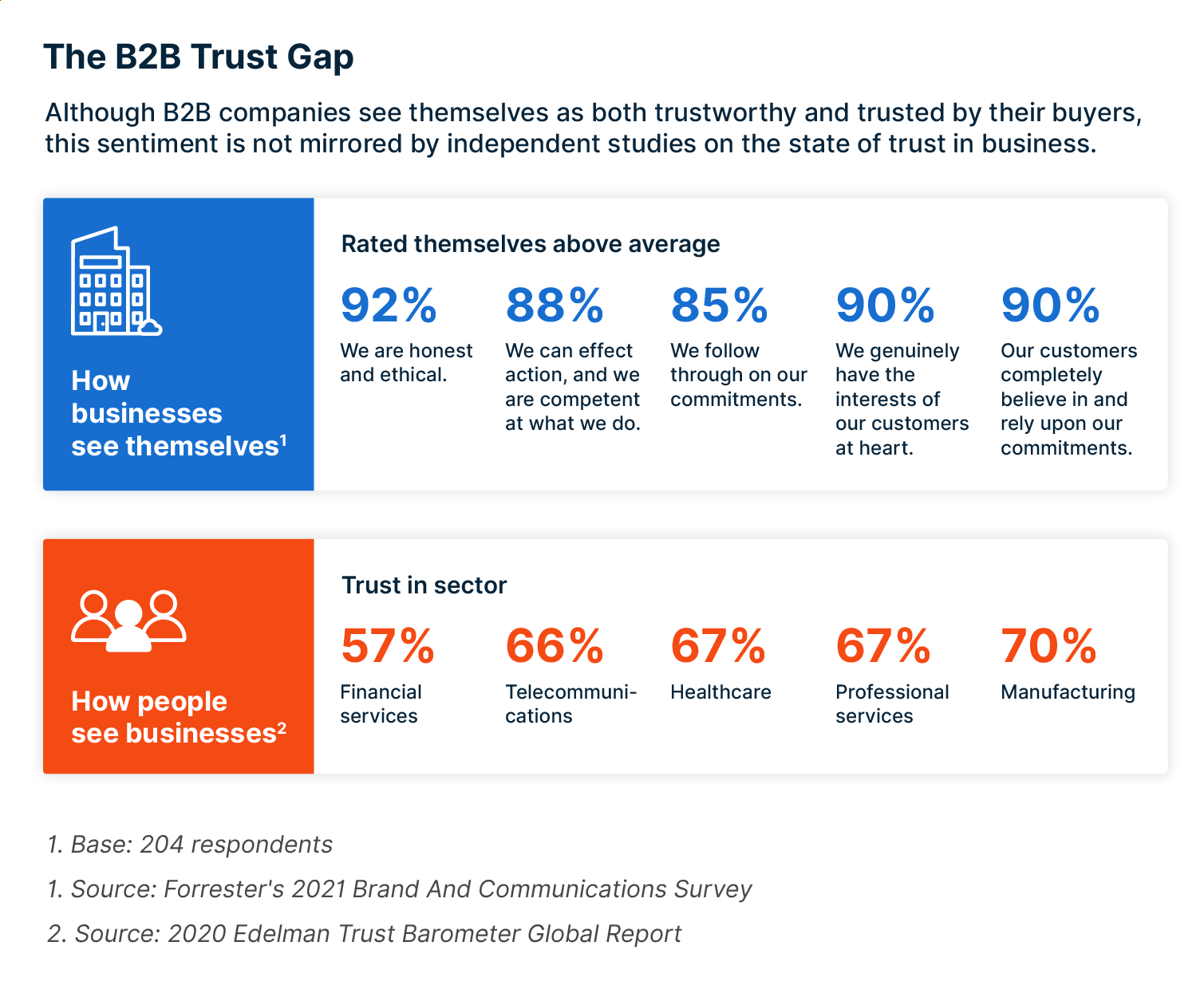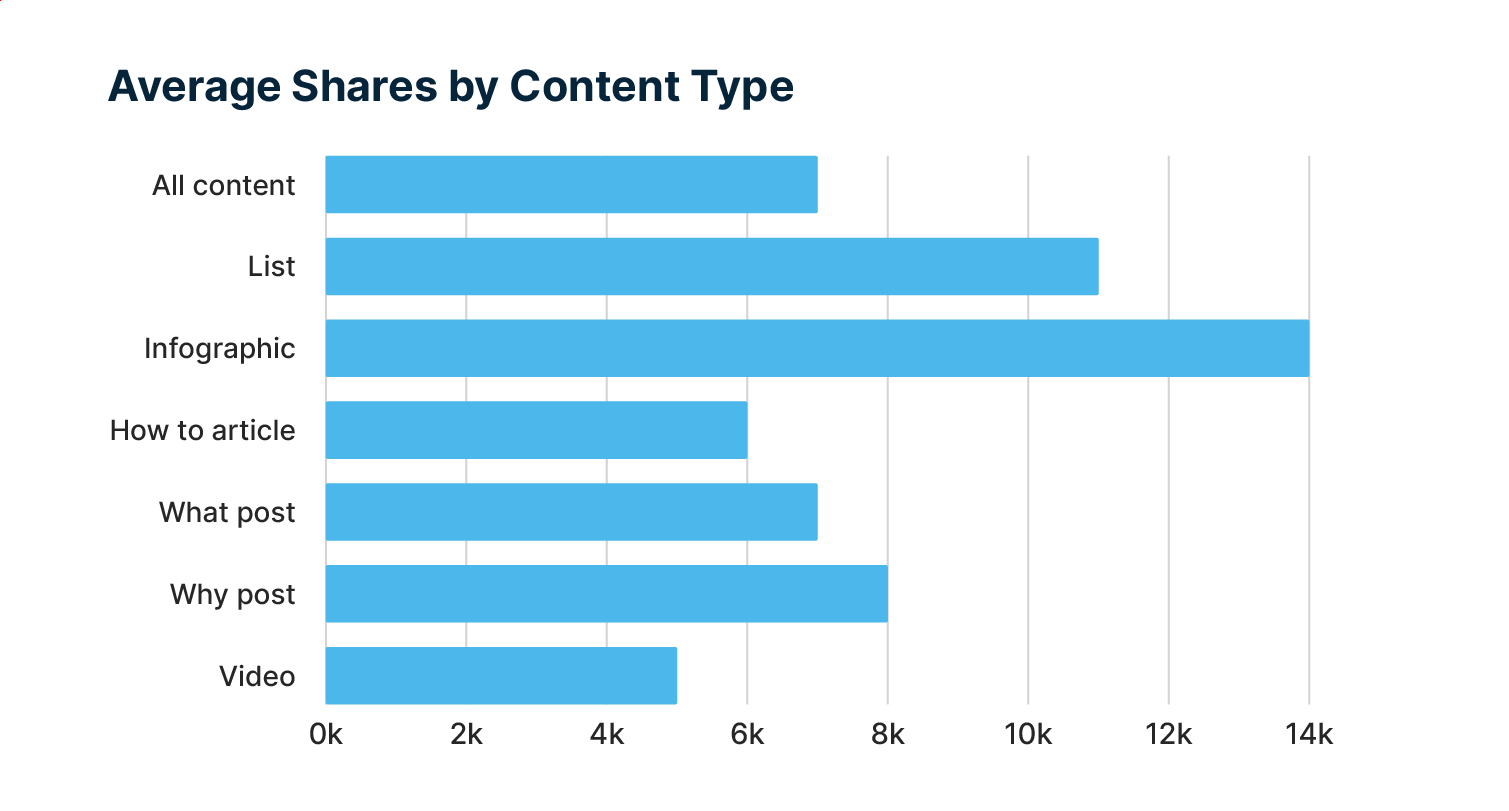Engaged clients are the ones who are actively liking your B2B marketing business's social media posts, sharing your blog articles, and downloading your e-books. Most importantly, engaged customers are the ones that purchase your products. Having B2B client engagement strategies focuses on engaging all B2B leads, so you see more sales and lose fewer customers.
Learn how to engage B2B customers so your business can see more sales conversions this coming year.
Key Takeaways:
- Engaged clients are more likely to purchase products and remain loyal to a brand
- Focus on value, quality, and trust-building strategies
- Use personalized strategies to keep your audience engaged
Why Is B2B Client Engagement Essential for Sales?
Client engagement is how a business interacts with customers. Clients are actively reading, responding, and acting on marketing content when there's a high engagement rate.
B2B client engagement directly reflects a business's sales as engagement behaviors show an active interest in the business and products, which means those leads are more likely to respond to the sales team. Therefore, if a tech business wants to close more B2B sales deals, the company needs to improve its engagement strategy to encourage more responses and interactions from the leads.
The Key Ingredients to B2B Client Engagement
Here are three elements of a successful B2B client engagement strategy:
Value
B2B clients are results-driven. That means all the bells and whistles of software are meaningless unless those features are related directly to the client's needs. According to 86% of B2B buyers, personalized marketing is required before B2B buyers consider purchasing from a brand, which means engagement strategies must focus on the customer's value, not the brand.
Quality
B2B clients respond to data. Strategies filled with empty claims and emotional appeals won't get businesses anywhere. What B2B clients are looking for are numbers to back claims. Once a company starts showing numbers or building strategies on data, clients will take note and are more likely to respond.
Because clients expect data to back up claims, the purchase process is taking longer. For example, 77% of B2B buyers perform detailed ROI analysis before buying. In addition, 75% of clients say they conduct more research and evaluation before purchasing and require more content to increase B2B engagement.
Trust
Trust is the heart of any engagement strategy. If a client doesn't trust a business's claim, that client also won’t believe in the value or quality of that business's marketing strategies. In addition, that client most definitely won’t purchase products.
That's why trust building is the ultimate goal of every B2B marketing strategy.
Trust with B2B clients is gained through several methods, including:
- Testimonials
- Correctly cited and backed research
- Transparent business practices
- Personalized marketing strategies

6 B2B Client Engagement Strategies You Should Be Using This Year
Use these six strategies to improve B2B engagement and prepare more leads for your sales team.
1. Connect Through Webinars
Over half of tech buyers say video content is the most helpful content format. In fact, 70% of B2B clients will watch videos throughout their sales journey.
The king of video marketing is webinars, as 70% of marketers say webinars are highly effective at reaching marketing goals. In addition, the live format of webinars allows the audience to engage in real time with tech experts, making webinars stand out above other video marketing strategies.
For example, ActualTech Media's webinars for lead generation connect tech leaders with IT professionals. After the event, the tech leaders can continue touching base with the engaged leads to help move the leads through the sales funnel.
2. Use Content Marketing
According to 70% of B2B marketers, content marketing increases audience engagement. Some of the most engaging content formats use a variety of media. Content writers should stop relying entirely on long-form and text-rich blogs to reach their audience. Instead, marketers can shake things up a bit and also use infographics, whitepapers, e-books, tech briefs, and tech comics.

Marketers who don't want to lose engaged leads should consider gating some of their marketing content. For example, content syndication for lead generation disperses marketing content on third-party sites. As leads interact with the content, the marketers receive that lead's contact information to connect with the lead and keep the engagement going.
3. Account-Based Marketing
Account-based marketing strategies allow marketers to focus on the personalization and trust-building characteristic of customer engagement. Two-thirds of marketers say their account-based marketing strategies are successful.
Account-based marketing connects with high-value accounts in smaller segments so that marketers can offer hyper-personalized marketing content.
4. Take Time To Nurture Leads
Marketers can spend all their time on the initial lead engagement that they forget to keep those leads interested. B2B customer engagement strategies aren't a one-time deal. Half of the leads aren't even ready to buy. When marketers leave those leads after the initial touchpoint, those B2B buyers might become unengaged and look elsewhere for solutions.
Lead nurturing strategies make sure that doesn't happen by keeping leads engaged using marketing content, email campaigns, and phone calls. Each point of engagement moves those leads nearer to closing.
5. Use a Multi-Channel Strategy
Businesses have eight channels on average to connect with B2B buyers. Investing in a multichannel marketing strategy allows companies to engage B2B tech buyers during the research phase of the buyer's journey and build that necessary trust for closing.
In addition to multi-channel strategies, businesses should also adopt omnichannel strategies. For example, how likely are B2B buyers to stick with one device when researching solutions? Rather, B2B buyers might discover a brand on an office computer, perform more research on a mobile device, then complete the purchase on a home laptop.
Omnichannel strategies account for this switch between devices to ensure the experience remains the same and each new device doesn't feel like a new experience. In that way, businesses can create more personalized engagement touchpoints across devices.
6. Build a Re-engagement Strategy
Don't let loyal customers fall through the cracks. Just because a client was engaged at one point doesn't mean that client will remain engaged forever. Often, clients will become disengaged after a point in the sales cycle or even after making a purchase.
Instead, build a re-engagement strategy to recapture those clients that might have forgotten why they purchased the software, lost interest in the brand, or no longer see the value in their purchase.
A re-engagement strategy monitors customer behavior, or lack of behavior, and moves customers into an email or call list to encourage that customer back. For instance, a business might offer a special deal on a subscription renewal or add-on.
Engage Your Customers Today
ActualTech Media can help you engage your B2B tech clients through our lead generation strategies. Our lead generation solutions allow you to fill your pipeline with engaged leads ready for nurturing.
Contact us to learn more about our lead generation solutions.